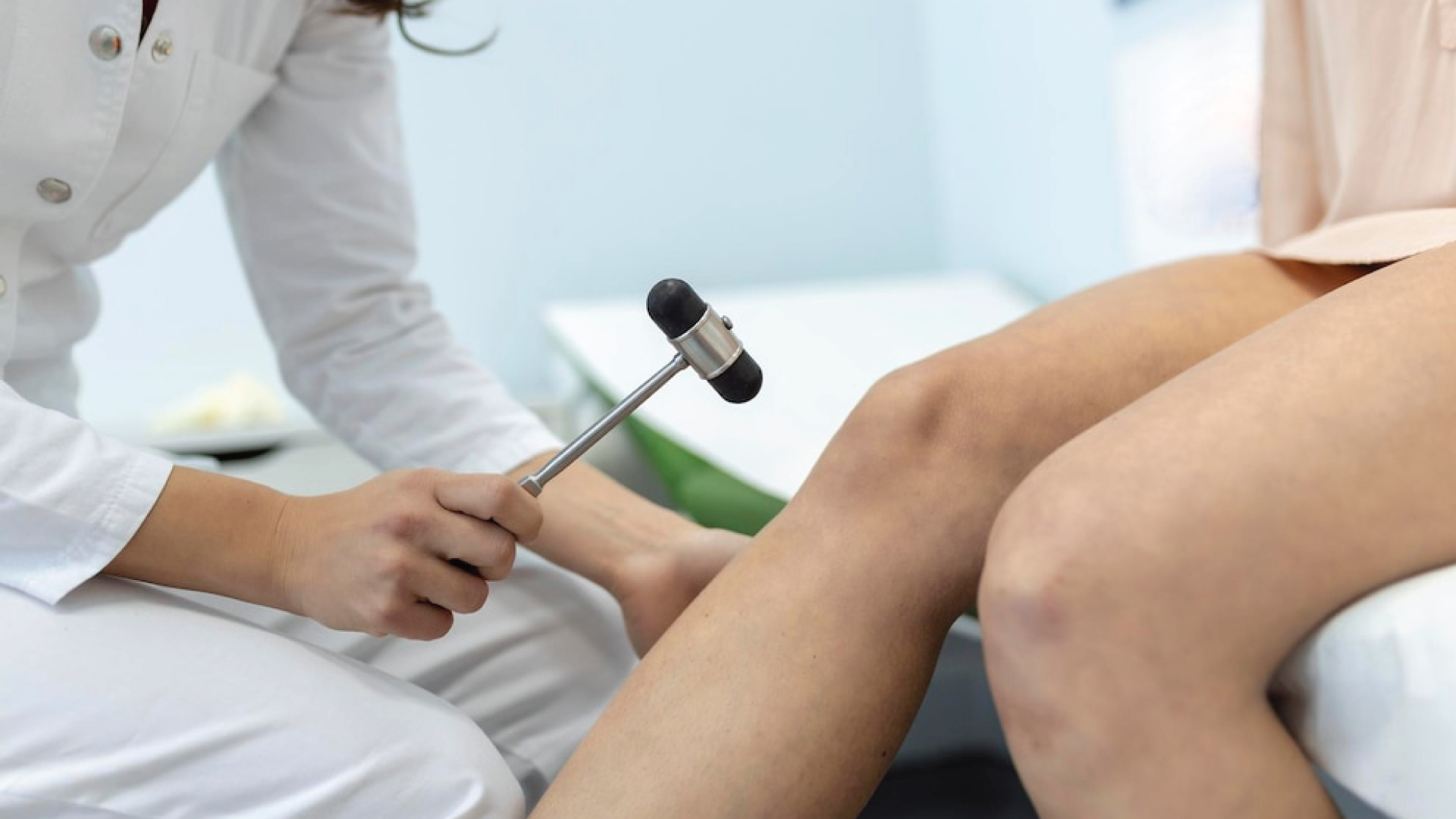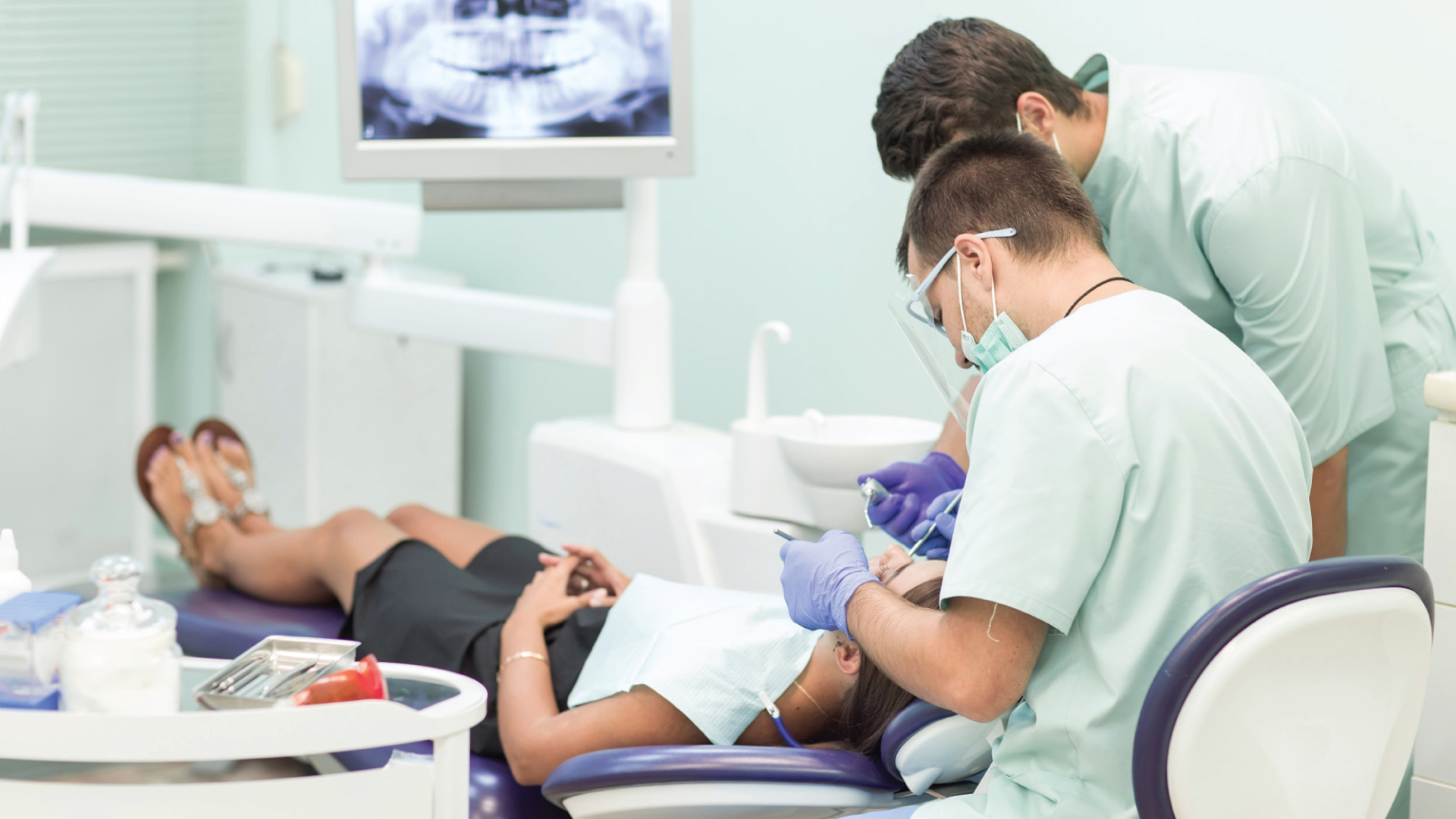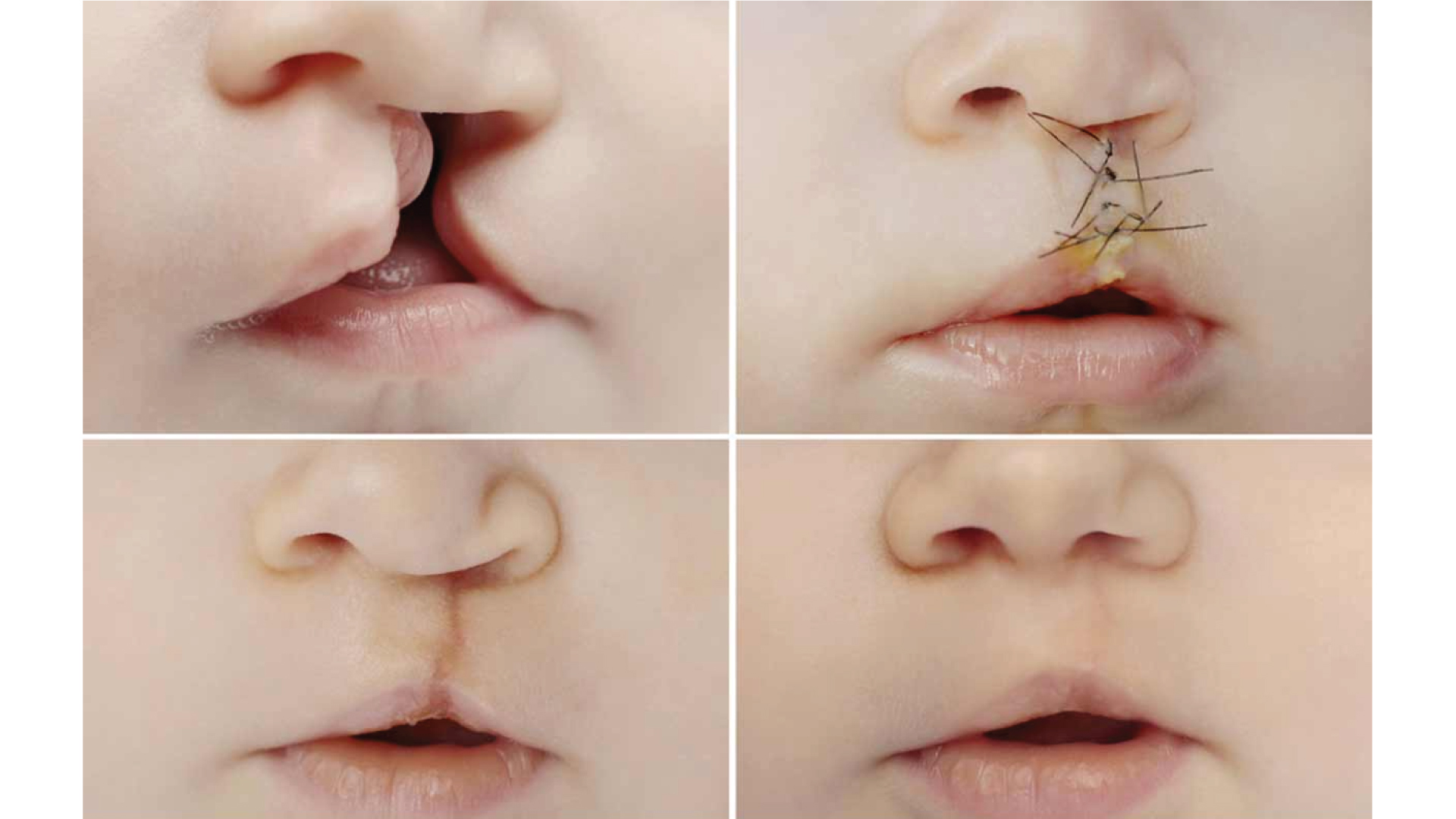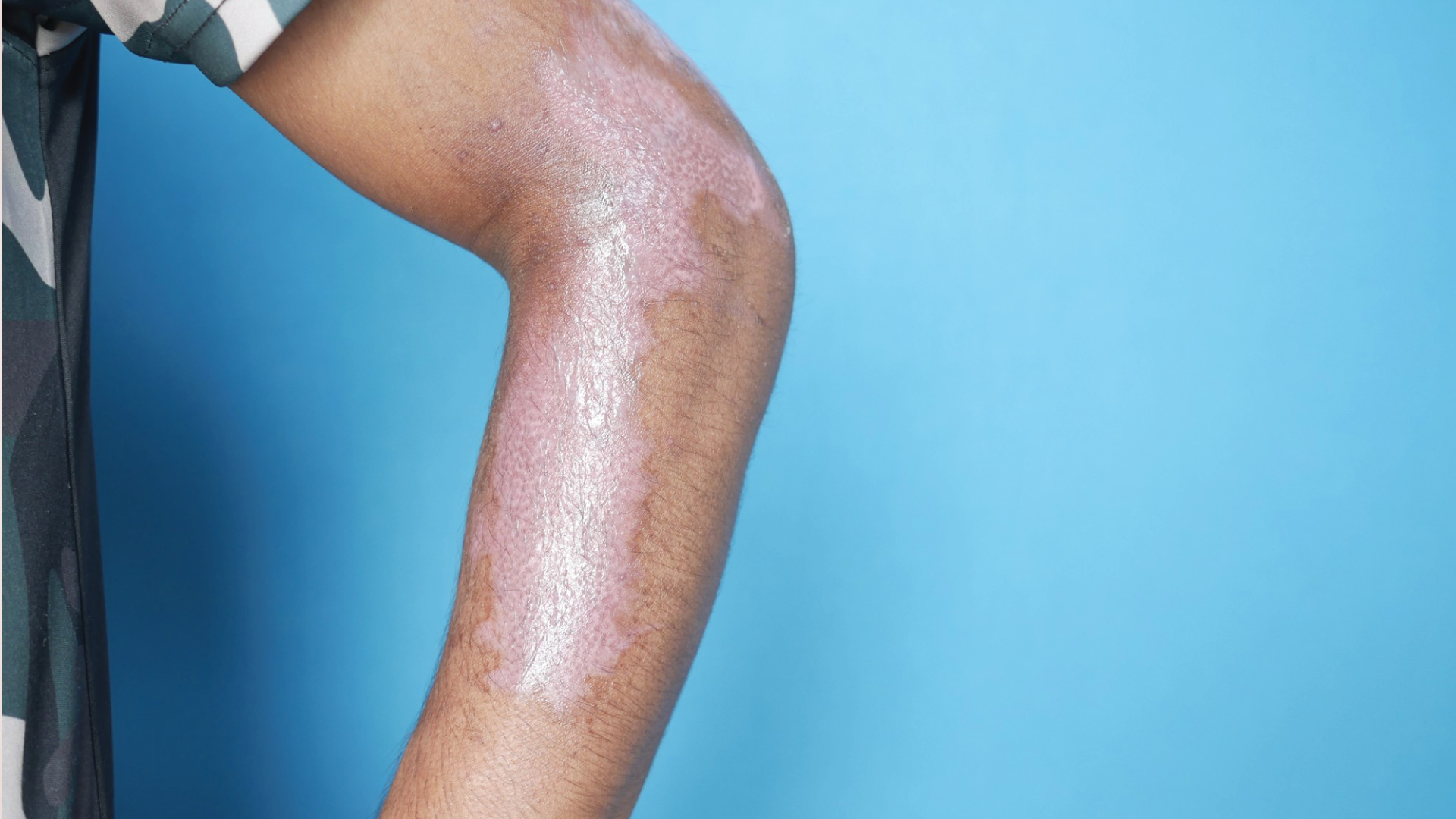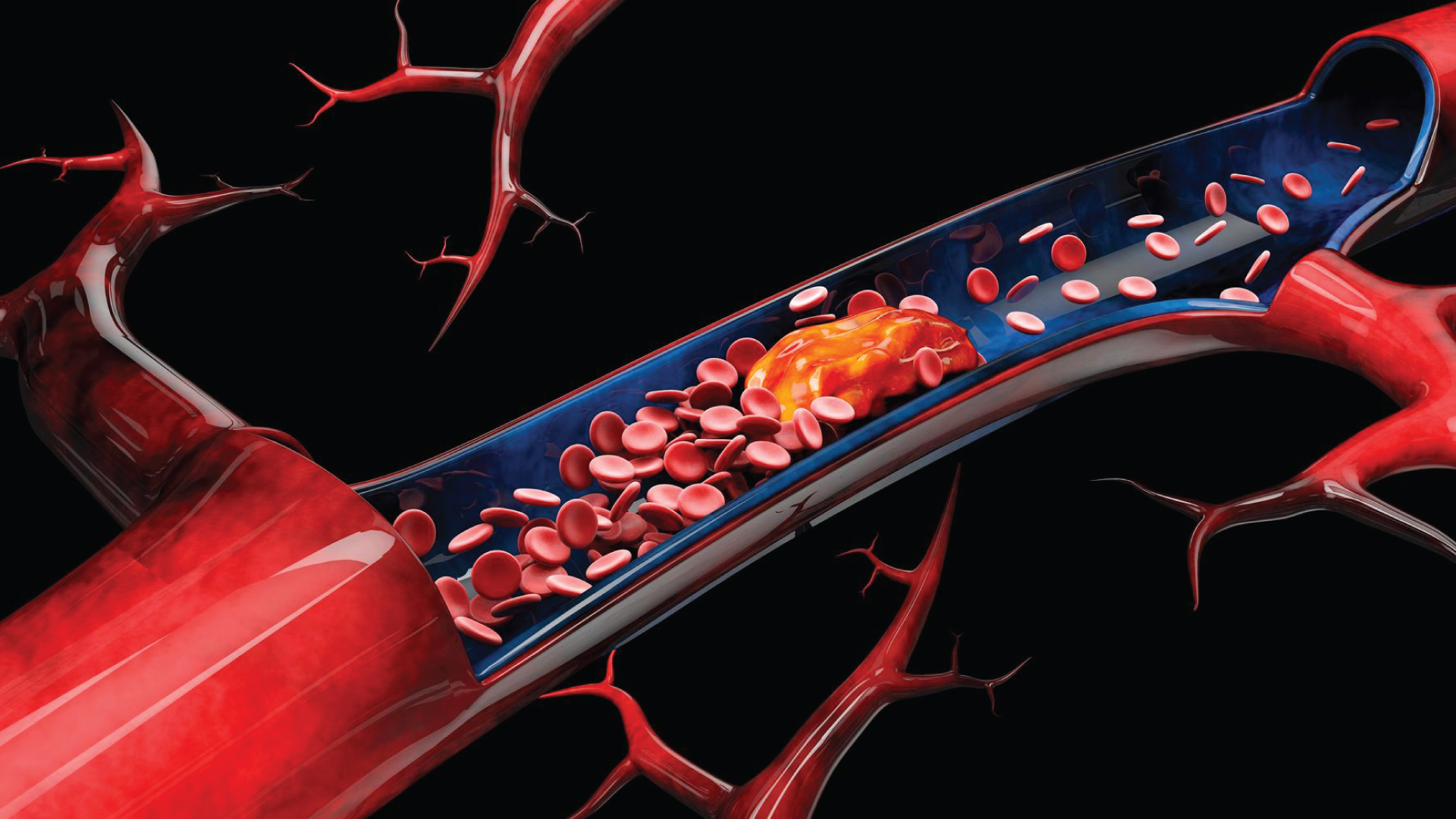
For many women diagnosed with breast cancer, the possibility of breast removal, or mastectomy, can set off a number of emotions. The loss of a breast, and sometimes both, can in some ways be as traumatic as the diagnosis of cancer itself. Breast reconstructive surgery,
which is the process of rebuilding a breast, can help with a woman’s psychological healing. Studies have shown that reconstructive surgery improves the psychological and emotional health of a woman with breast cancer. It can help her to feel complete again in the face of cancer’s visible toll on her body.
“The mastectomy can be a constant reminder that she has breast cancer,” explains Neal S. Topham, MD, FACS, a surgical oncologist with Fox Chase Cancer Center in Philadelphia. “Reconstructive surgery helps her move on and live her life again.”
A woman who has reconstructive surgery tends to maintain her “sense of self” after a mastectomy, says Jaco Festekjian, MD, FACS, a reconstructive plastic surgeon with the University of California, Los Angeles. “We have shown that reconstructive surgery improves a women’s well being both psychologically and emotionally.”
Breast Reconstruction Options
More than 192,000 women in America are diagnosed with breast cancer each year, according to the National Cancer Institute, and they must make many decisions about their cancer care. The good news is that women coping with breast cancer today have more choices and have better outcomes than their mothers and grandmothers did.
About 95% of women with breast cancer who require surgical removal of all or part of their breast can have reconstructive surgery to rebuild the shape and look of their natural breasts.
There are three broad categories of reconstructive surgery:
- Autologous reconstruction, in which tissue from another part of the patient’s own body is moved to the chest and shaped into a breast.
- Implant reconstruction, in which a long-term prosthetic breast made of saline or silicon is set in place of the natural breast.
- A combination of the two, in which some tissue from another part of the body is moved to the chest wall and an implant augments that tissue.
Not every type of reconstructive surgery is best for every woman. For instance, implants work better for women who are very thin, because they might not have enough fat on their bodies for the surgeon to use to make a breast. On the other hand, a heavier woman’s breast might be too large to achieve a good-looking breast with prosthetic implants, and autologous tissue might work better for her. Implants might also be a better choice if a woman requires bilateral reconstruction, or reconstruction on both breasts, to make sure that the two reconstructed breasts are symmetrical.
The surgeon can help a woman decide which surgery is best for her situation and body type and can explain the advantages and disadvantages of each procedure.
Implant Reconstruction
Implant reconstruction is typically a two-stage process. First, a tissue expander is placed under your chest wall muscle at the time of mastectomy, then after expansion occurs, the tissue expander is removed and replaced with a saline- or silicone-filled breast implant. Implants usually need to be replaced 10 to 15 years after reconstruction. In addition, an implant is not as soft as your own tissue, so it won’t feel as natural as a breast made from your own tissue.
Autologous Reconstruction
The surgery and recovery times are longer if you have autologous reconstruction, because the surgeon must remove tissue from another area and then reconnect the artery and vein of the tissue to the chest vessels, but it will feel softer and look more natural. In addition, it should last for your lifetime.
Sensation
With either reconstruction, you will still feel some sensation when touched on the surface of your reconstructed breast, but sensation will be absent in the deep substance of your breast. Some researchers are working on ways to improve the sensation within the breast, but that has not been perfected. Instead, most surgeons concentrate on making the breasts look natural and similar to each other rather than on restoring sensation.
Risk
A risk for infection is associated with all of the reconstructive options, but other risks depend on the type of reconstruction a woman chooses. Prosthetic implants can leak or harden over time, whereas a loss of blood supply and fat necrosis may occur with an autologous reconstruction.
Length of Surgery
If only one new breast is needed, an implant surgery takes about 3 hours including the mastectomy, whereas an autologous surgery takes about 8 to 10 hours including the mastectomy for the initial procedure (all breast reconstruction from start to finish will require several procedures). The recovery time after implant surgery is about 3 to 4 weeks, and for the autologous surgery it is about 6 to 8 weeks.

